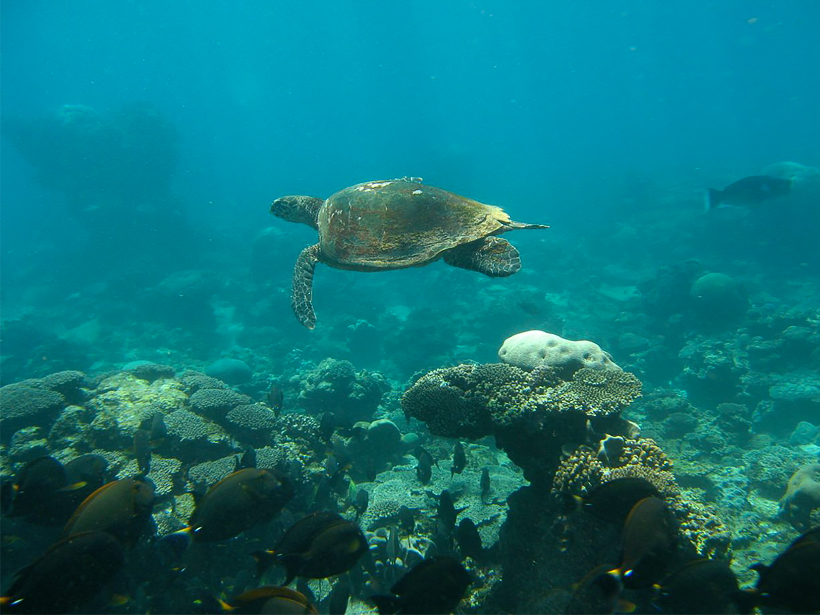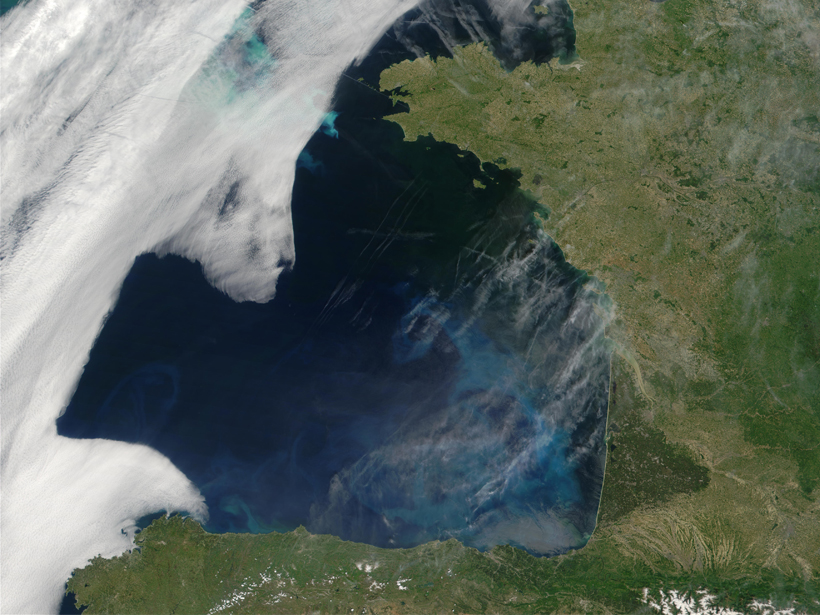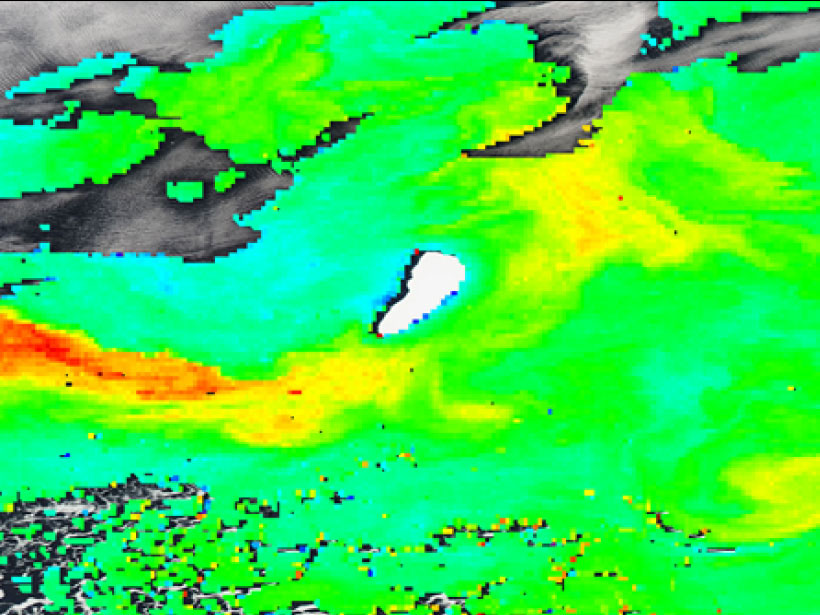If rain falls on an ocean and nobody's there to see it, how can we determine its effect on the Earth's climate? A new study shows us how space-based radar could help.
Oceans
New Weather Satellite Captures Sea Surface Temperatures
A new algorithm improves the accuracy of Pacific and Indian Ocean surface temperature measurements by the Japanese geostationary satellite Himawari-8.
Satellites Reveal Dynamics of Suspended Mineral Particles
A case study of the Irish Sea evaluates the use of ocean color data to measure the optical properties of sedimentary particles in offshore waters.
Distant Rains Contributed to La Niña Ocean Warming Event
Unusually low salinity intensified a warm-water current off the coast of Western Australia in 2010–2011.
Antarctic Meltwater Makes the Ocean Warmer and Fresher
Scientists model how Antarctic meltwater from specific locations could affect the Antarctic Bottom Water, ocean temperatures, and salinity.
Climate Models Predict Diverse Arctic Ocean Shipping Routes
As ice melts, multiple models yield more detailed route predictions than any single model alone.
Tracking Long-Term Changes in Global Sea Level Extremes
Large-scale climate change may drive trends in extreme sea level events.
Simulating Tidal Flow and Mixing at Steep Submarine Slopes
A new three-dimensional model of tide-driven flow over the continental slope could enhance understanding of global ocean circulation.
Human Activities Account for Less Than a Third of Ocean Nitrogen
Researchers found that humans contribute far less nitrogen to the open ocean than previously thought.
Icebergs Fertilize Southern Ocean, Sequester Carbon
Huge, drifting ice rafts (the white spot on the satellite image below ) shed minerals as they melt, painting trails of nutrients, teeming phytoplankton, and chlorophyll across hundreds of kilometers of ocean.






